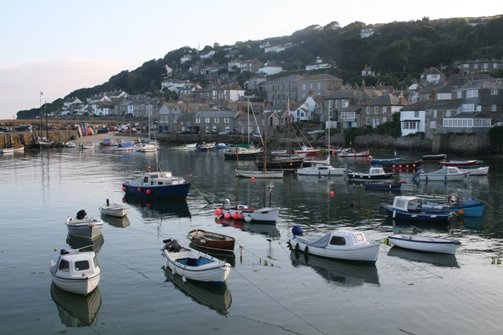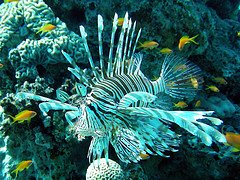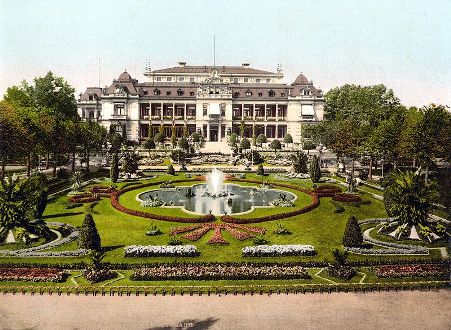How Best to Look after Your Static Caravan
Posted by: kirsty_wilson in Australia, Travel General, tags: Caravans, Travel, Travel TipsA static caravan is an investment, one which you have most probably spent your hard-earned cash on. Like any other asset it needs to be looked after so that it will look good, function well and last for a long time. Just like a conventional house, a certain amount of regular maintenance is required to keep a static caravan in trim. The good news is that this regular maintenance doesn’t have to be backbreaking, seemingly endless work that takes over your entire spare time. Far from it, in fact! It is fairly easy to maintain your caravan by taking a few simple steps.
Here are some factors to consider that will ensure your mobile home is properly maintained.
Anchoring
It is vital that a static caravan is securely anchored. Mobile homes are robustly manufactured structures, and far from lightweight, but many are occasionally overturned in stormy conditions. This usually happens in the autumn or winter months. The root cause of most such accidents is that they have been insecurely anchored. A mobile home suffers a lot of expensive damage if it is flipped over by the wind; regularly checking its anchorage will help ensure that this doesn’t happen to you.
Rust
An area of particular concern in a mobile home is its metal work. This is because the chassis and other metal fixtures and fittings could be susceptible to rust. You need to check for rust in a regular basis and, if you do find it, treat it appropriately and properly. If metal is left untreated, it can rust and as a result may quickly not even be in a fit state to use or to move. This can obviously cause problems when and if, you wish to reposition or relocate it. Rust is metal’s enemy and must be properly treated whenever it is encountered.
Guttering
Blocked gutters are the primary cause of damp in a static caravan. You need to clear the gutters out regularly and remove leaves and other debris from down-pipes and gutters, to ensure they are carrying rainwater away. It is an easy task to perform, and one just as easily forgotten about until it is too late. A planned cycle for clearing your static caravan’s gutters out will help you keep on top of it.
Internal cleans
As with any other home, a static caravan needs to be thoroughly cleaned on a regular basis. This will help ensure the structure’s longevity and also boost your quality of life. You will quickly learn that clutter and static caravans do not mix well; clutter can also lead you to believe that your mobile home is too small.
Energy
Finally, it is important to ensure that gas boilers and electrics are checked out and serviced annually. That will give you peace of mind and help ensure that they are working at the optimum level, which will also save you money.
Author Bio: This guest post was written on behalf of Static Caravans where you can find an excellent range of static caravans and mobile homes.





 Entries (RSS)
Entries (RSS)